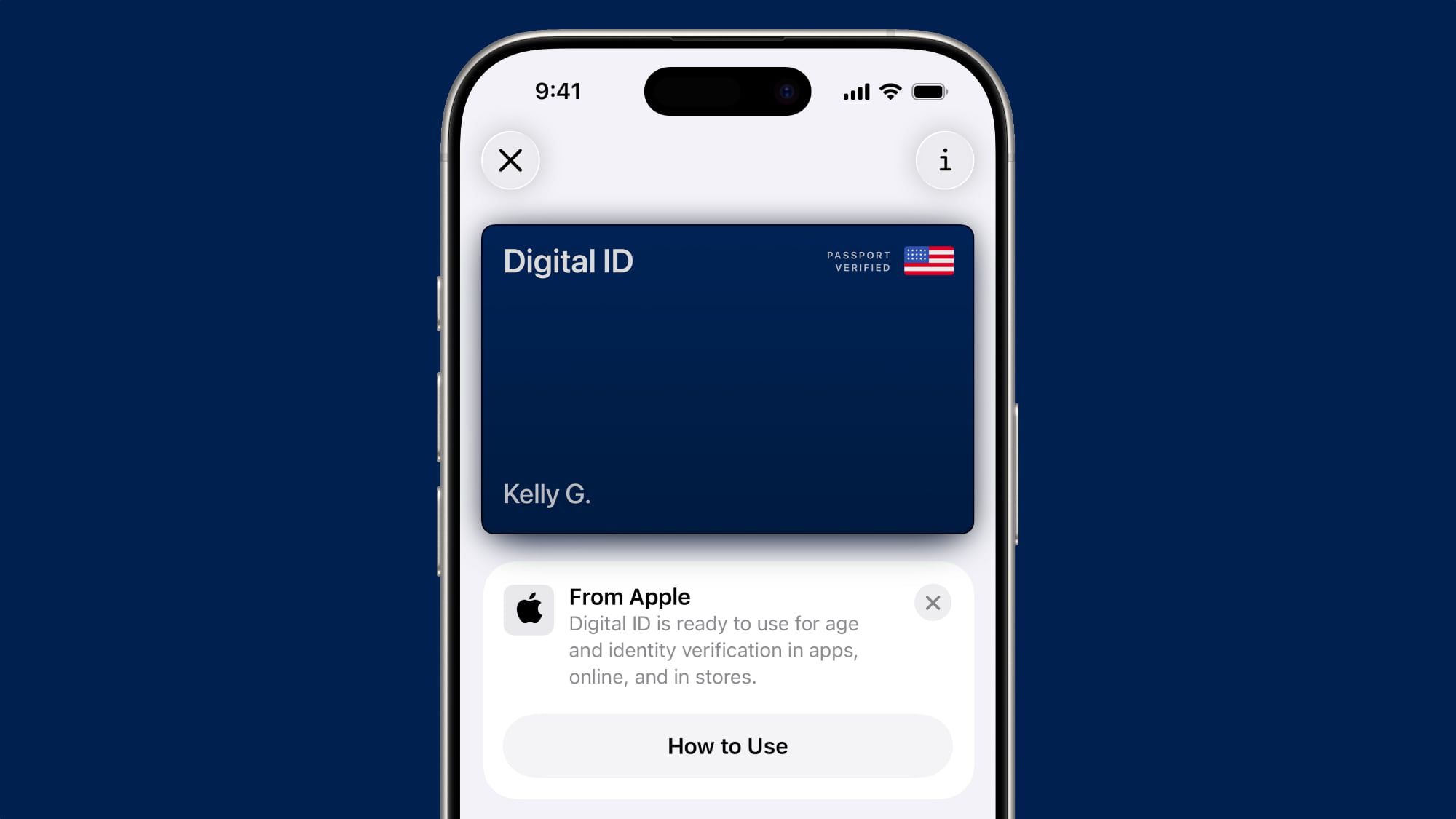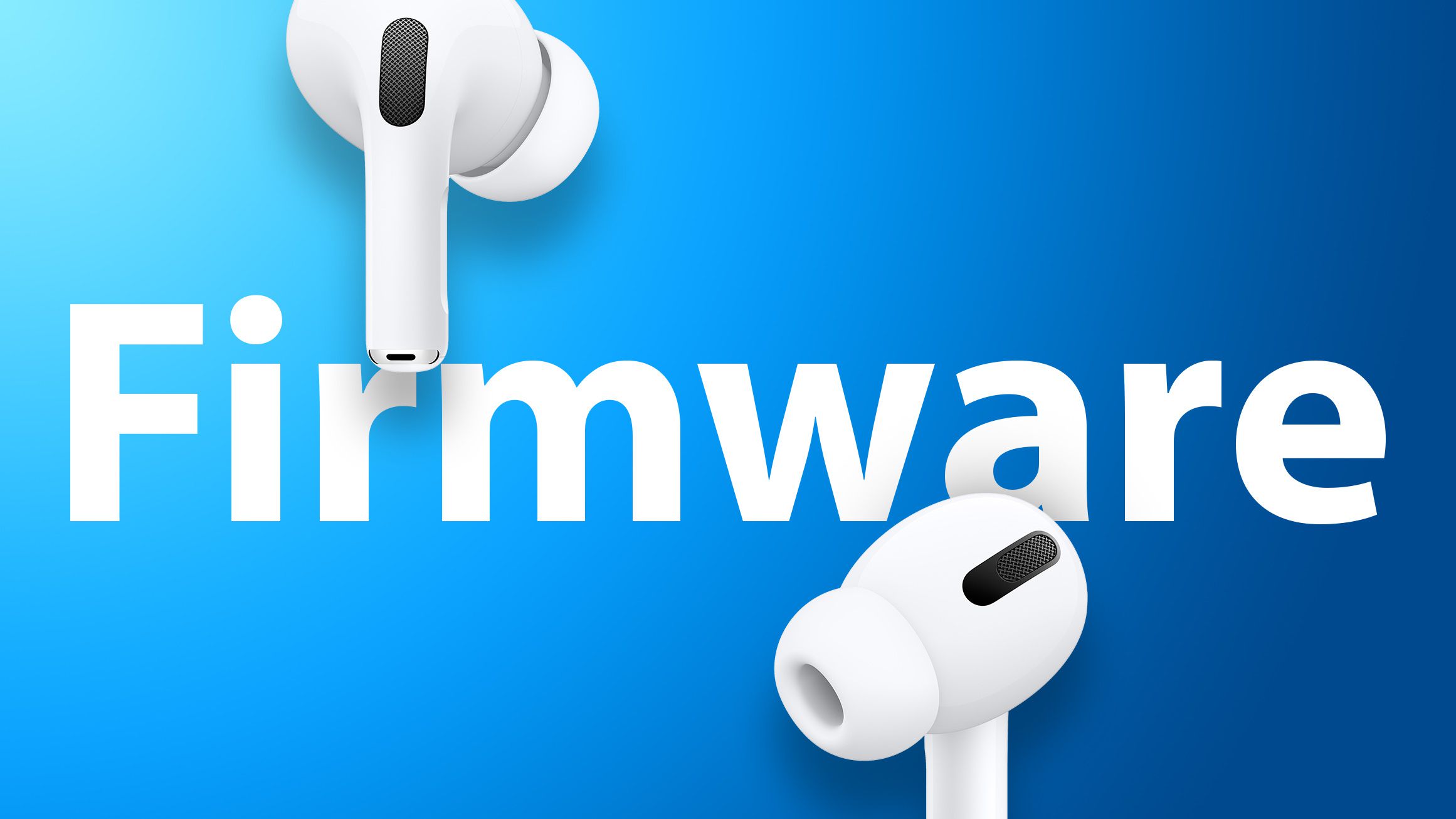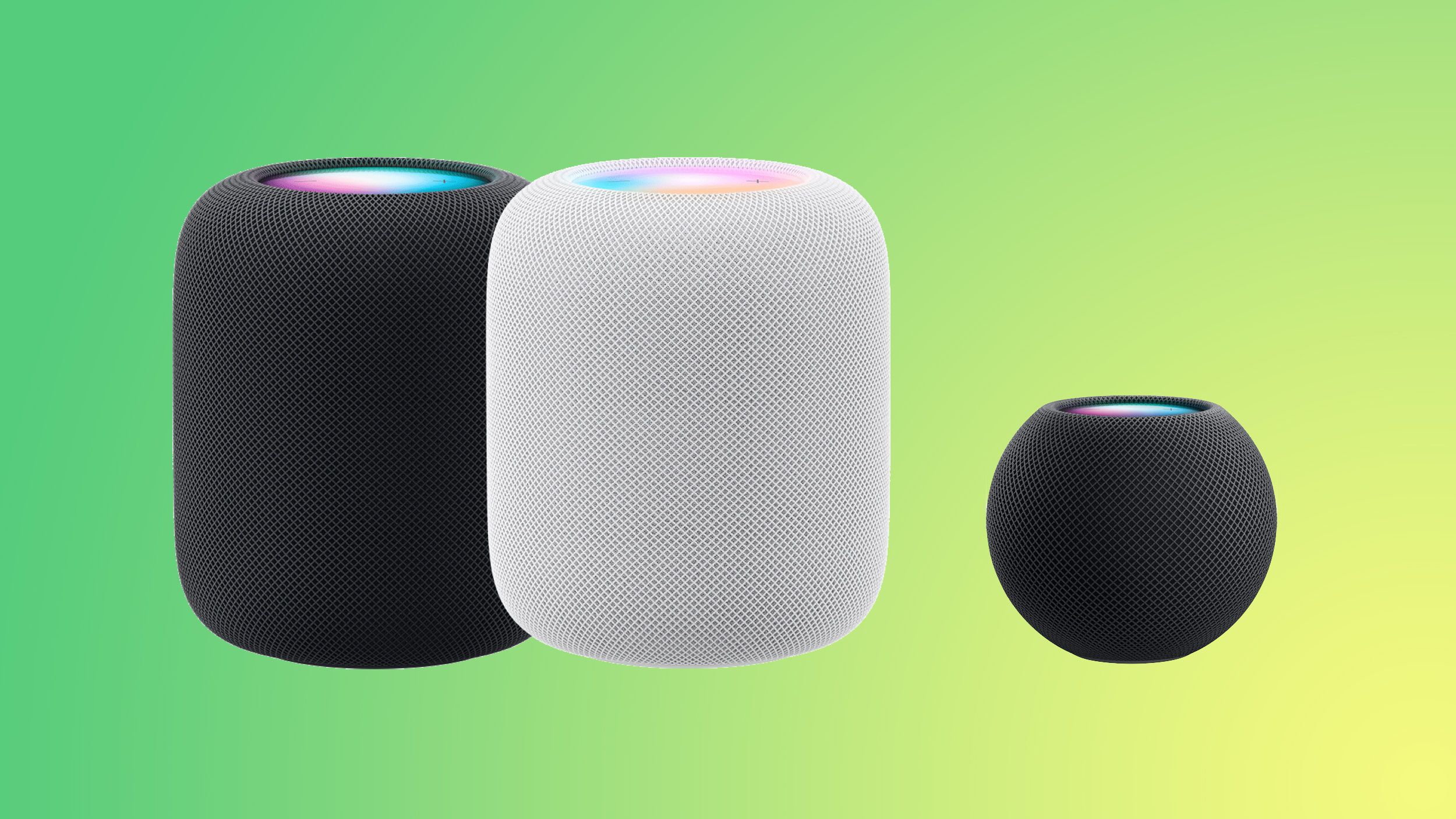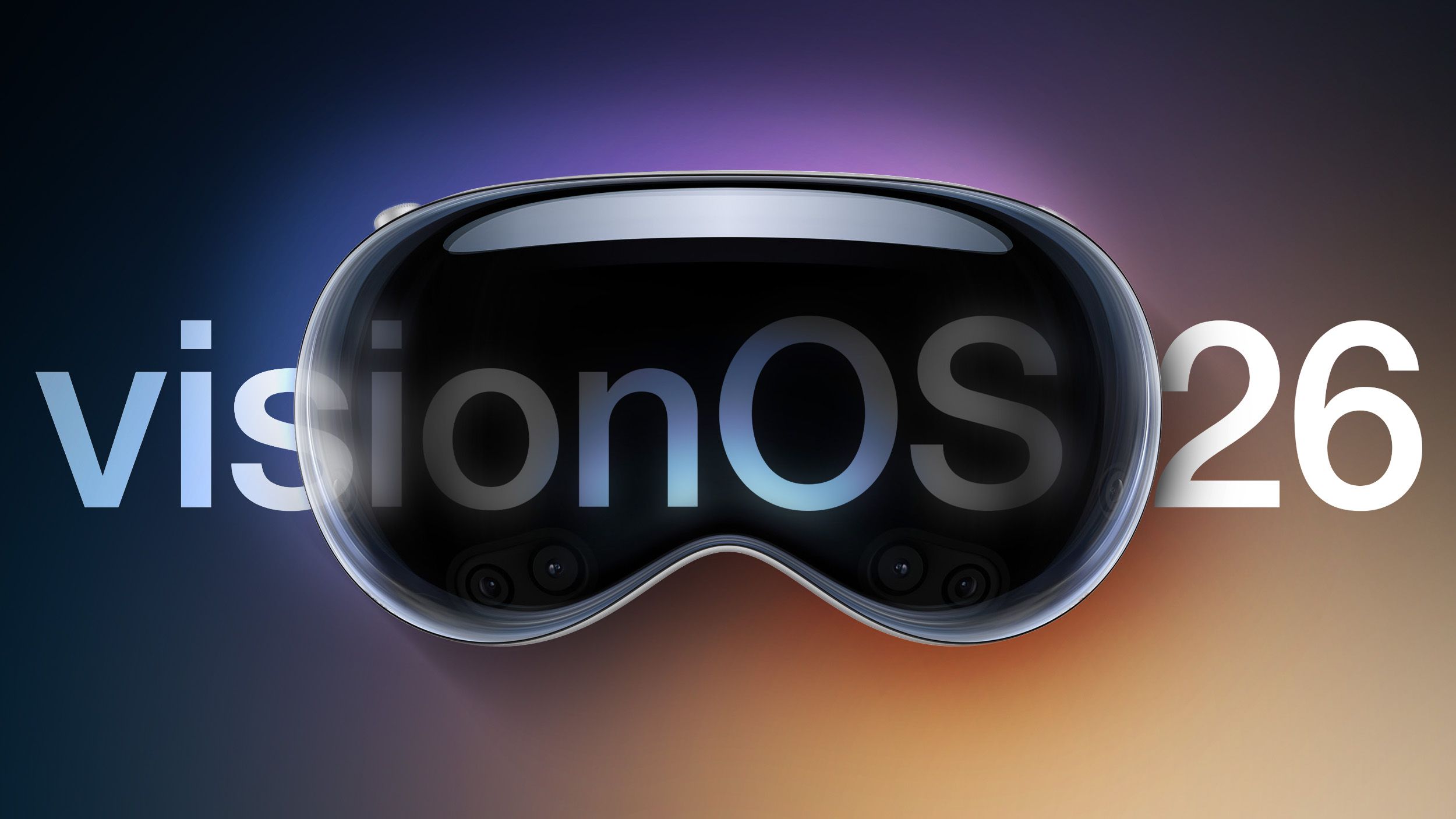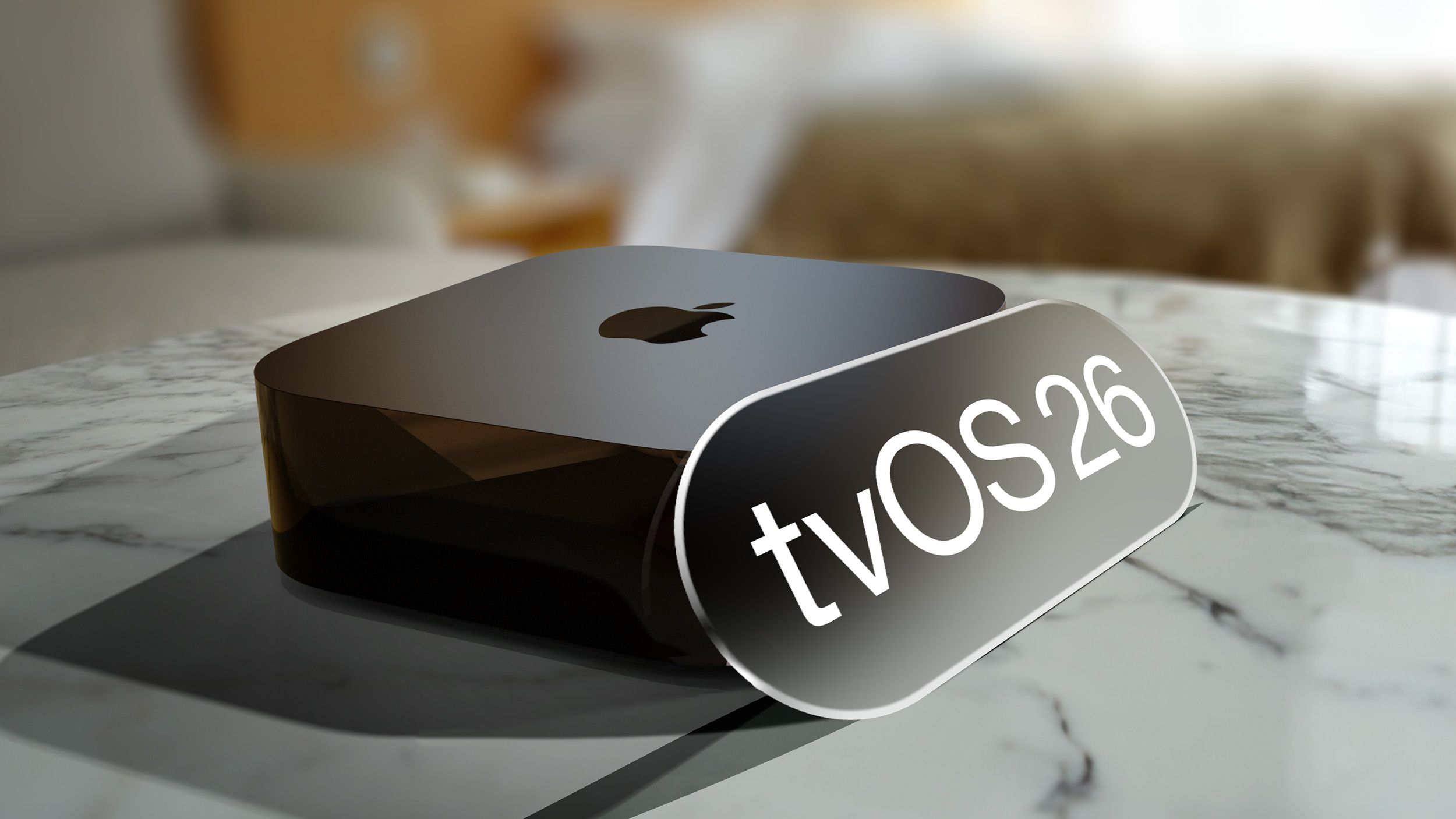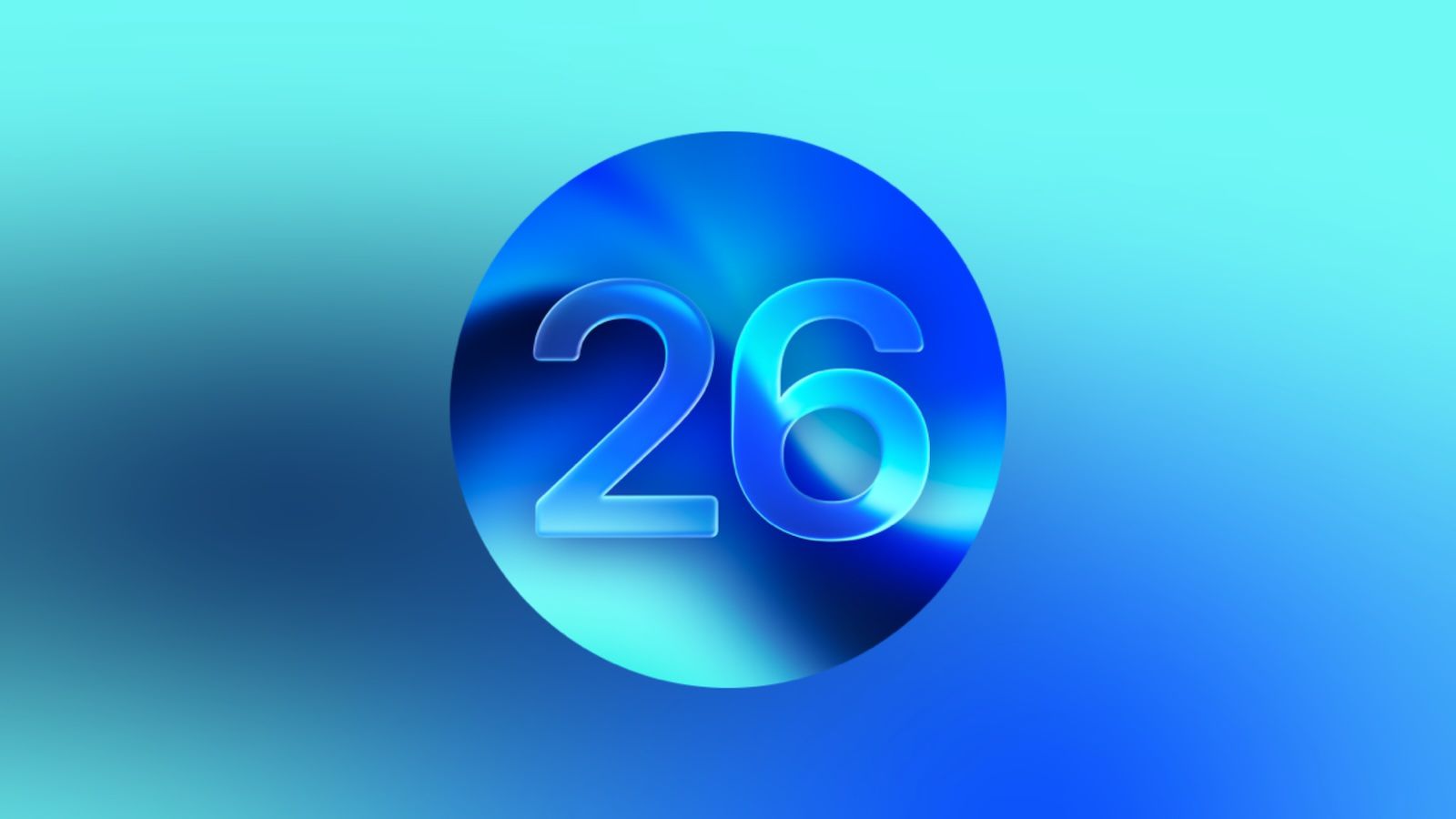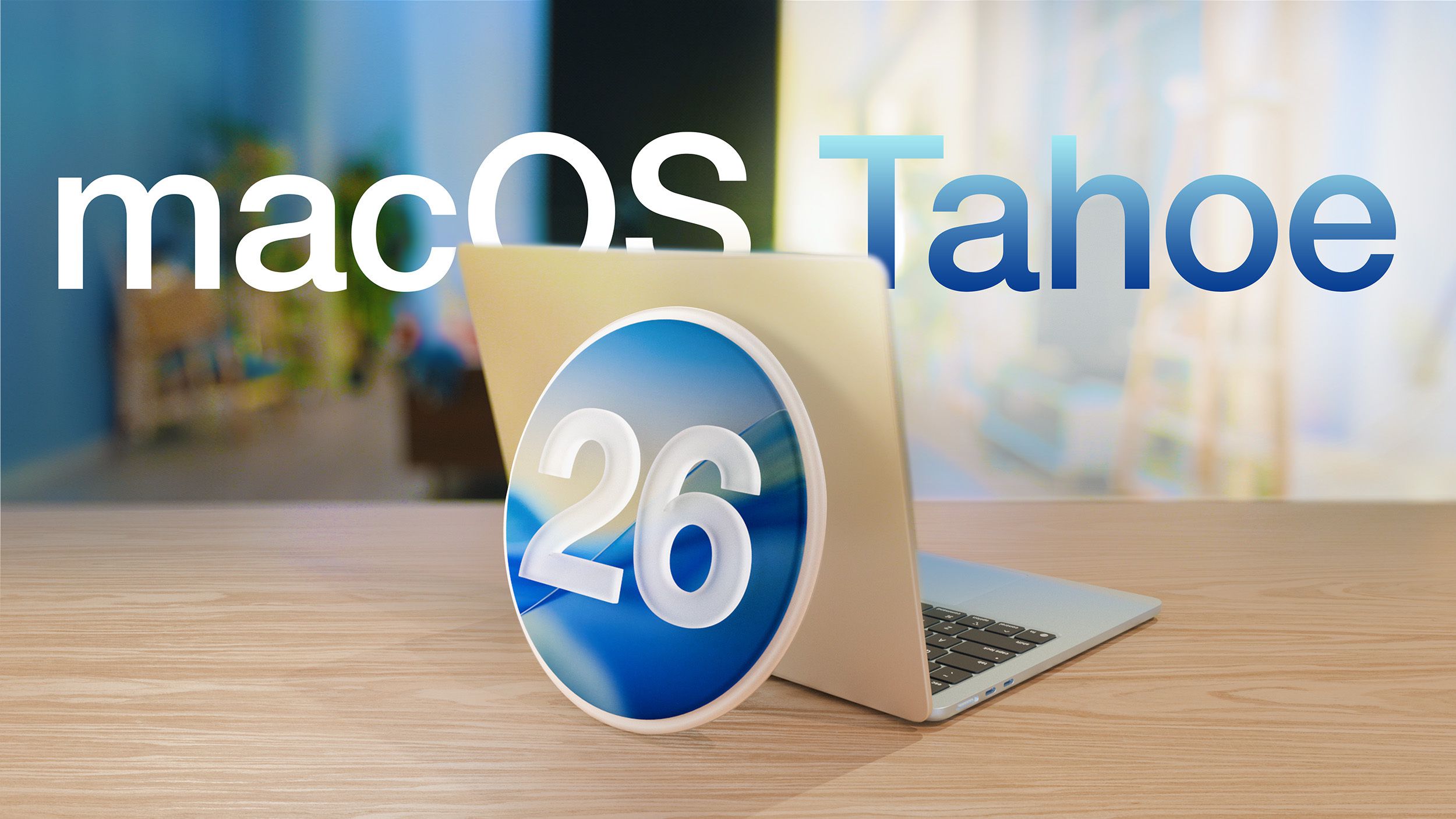AirPods Pro are the quintessential Apple product, combining excellent design and functionality with superb ecosystem integration.Last week, Apple introduced AirPods Pro 3, the second major revision since the product line debuted in 2019.I’ve been using AirPods Pro 3 since that announcement, and they feel like a turning point.
Here’s why.Comfort and fit Apple says AirPods Pro 3 feature a new in-ear design that “fits more people than ever.” The company says it utilized “over 10,000 ear scans with more than 100,000 hours of user research.” I’m only one person with two ears, but I can confidently say that the new in-ear design offers a noticeable improvement in fit.There are a few changes to the physical structure of AirPods Pro 3 that enable this improved fit.
First, the shape has slightly changed such that it’s angled more like the natural geometry of the ear canal.For me, this means AirPods Pro 3 sit at more of an angle in my ear than before, with the stem angled more forward instead of downward.Second, Apple says AirPods Pro 3 ear tips are foam-infused for the first time.
Aftermarket foam tips have existed for years as a popular way for users who weren’t totally satisfied with the fit of AirPods Pro.Comply is probably the most well-known brand in this category, and I’ve tried their foam tips a few times over the years, but always found them to be a bit too rigid.It felt like they never fully conformed to the shape of my ears.
The difference between aftermarket foam tips and Apple’s new foam-infused AirPods Pro 3 tips is that Apple has struck a balance somewhere in the middle.The ear tips are foam-infused but wrapped in silicone, making them easy to wipe clean while still providing a firmer base that keeps each bud secure.I’ve never had many problems with the fit of AirPods Pro, with one exception.
When I wear AirPods Pro while I’m talking to someone, I notice they get a bit looser in my ears when I smile or laugh.They don’t fall out, but they get loose enough that I feel the need to reach up and push them back in my ears.The new design of AirPods Pro 3 has mostly solved that problem.
The other important factor is comfort.If AirPods Pro 3 aren’t comfortable, it doesn’t matter how well they fit in your ears.In my testing, I haven’t noticed a change one way or another.
AirPods Pro 3 are just as comfortable as they’ve always been.I can wear them for 5+ hours at a time with zero discomfort.I honestly just forget they’re there.
AirPods Pro 3 also come with five ear tips in the box (up from four on AirPods Pro 2 and three on the original AirPods Pro).The new option is an XXS size, which joins the existing XS, S, M, and L tips.The medium size remains the default.
One insight I learned talking with people at Apple Park last week is that users are gravitating towards sizing down with AirPods Pro 3 in comparison to the prior generations.So if you wear the medium-sized ear tips with your AirPods Pro 2, make sure you try the small size with your AirPods Pro 3.Overall, AirPods Pro 3 aren’t a dramatic change in form factor.
The overall structure and shape are still largely the same.Apple, however, has made enough subtle changes that most people will notice an improvement in fit, but not at the expense of comfort.I also don’t think the changes are dramatic enough that people who previously liked AirPods Pro won’t like the new design.
The worst-case scenario is that you might not notice a difference.That’s the perfect balance.Sound quality One of the fascinating things about AirPods Pro 3 is that they’re still using the same H2 chip as their predecessors from 2022.
At this point, it’s clear that the H2 is an engineering marvel in its own right.Apple has rolled out countless new features for AirPods Pro 2 since they launched in 2022, and it’s apparently confident enough in the power of the H2 to use it in AirPods Pro 3.According to Apple, AirPods Pro 3 feature 2x better Active Noise Cancellation (ANC) than AirPods Pro 2.
I’m not sure how to quantify that, but I can share anecdotes of my real-world testing with AirPods Pro versus AirPods Pro 2.In most cases, there was a noticeable but not dramatic improvement in ANC.As I write this review, I’m sitting downstairs in my office.
My wife is upstairs corralling a herd of elephants (or so it seems).I popped in my AirPods Pro 2, and they blocked out that sound.I popped in my AirPods Pro 3 and was taken to blissful silence immediately.
Again, not a major improvement, but situations in which AirPods Pro 2 might’ve gotten 90% of the way there in blocking out noise, AirPods Pro 3 get to 98%.I can say the same about testing AirPods Pro 2 and AirPods Pro 3 on my flight home from Cupertino last week.There was a definitive improvement in noise cancellation with AirPods Pro 3.
At a noisy coffee shop this week, AirPods Pro 3 not only blocked out the rambling voices of the people around me, but also the obnoxiously loud music playing on the overhead speakers.As for audio quality, here’s what Apple says about AirPods Pro 3: I won’t pretend to be an audiophile and talk to you about the balance and crunch of the highs and mids and lows.With that disclaimer out of the way, AirPods Pro 3 do indeed sound better than their predecessors.
Historically, AirPods have aimed for a consistent sound profile that works across all genres and will please the masses.There’s no change to that strategy with AirPods Pro 3, just general improvements in overall sound quality.For example, listening to I notice more separation between the layers of each song.
Listening to Explosions in the Sky, there’s more consistency in the openness and space of songs.All that said, I can’t help but wonder what a future H3 chip in AirPods Pro could enable.Improved connectivity and improved automatic device switching? Or, perhaps more importantly, some form of lossless or high-resolution wireless audio? There’s plenty of room for innovation in that category, and it would’ve been nice to see Apple take the lead with AirPods Pro 3.
Still, AirPods Pro 3 sound great and feature even better ANC than before.Adaptive Audio and Transparency mode also continue to impress, albeit without any quantifiable improvements with AirPods Pro 3 in those areas.Fitness For the first time, Apple is turning AirPods into a fitness monitoring device, as AirPods Pro 3 feature a built-in heart rate monitor.
These aren’t, however, the first Apple earbuds with heart rate monitoring capabilities.The Powerbeats Pro 2 debuted back in February with similar technology.Apple says, however, that AirPods Pro 3 and Powerbeats Pro 2 aren’t using the same sensor.
Powerbeats Pro 2 use optical heart rate sensors that pulse a green LED light through the skin in your ear over 100 times per second.AirPods Pro 3, meanwhile, use a custom photoplethysmography (PPG) sensor, which shines invisible infrared light pulsed at 256 times per second.This sensor was built exclusively for AirPods Pro 3 and Apple says it’s its smallest heart rate sensor ever.
Everything is managed through the Apple Fitness app on your iPhone.For the first time, you can now start over 50 workout types from the Fitness app on iPhone.You can also easily string together multiple types of workouts.
A Live Activity also pops up to make it easy to track your workout.In terms of real-world functionality, I’ve found the data provided by the AirPods Pro 3 to be consistent and mostly in line with heart rate data from the Apple Watch.Again, much like the improvements to ANC, a lot of it comes down to the fit of AirPods Pro 3.
It’s clear why Apple spent so much time perfecting that with AirPods Pro 3.After a workout, you can view your data in the Fitness app as well as the Health app.In the “Data Sources” section of the Health app, you can view when your heart rate data was coming from your AirPods Pro 3 or Apple Watch.
Speaking of Apple Watch, one thing I’m particularly pleased with is how the AirPods Pro 3 integrate with Apple Watch data.Instead of them existing in their separate silos, AirPods Pro 3 and Apple Watch actually work together to get you the most accurate heart rate data possible.When you’re doing a workout, Apple’s algorithms are monitoring the data from both the AirPods and Apple Watch to see which is giving the most consistent and accurate heart rate data.
The algorithm also factors in the type of workout you’re doing, so if it’s a workout with a lot of wrist movement, Apple Fitness will prioritize data from AirPods Pro 3.For example, if you’re lifting weights and your Apple Watch ends up at an awkward angle, AirPods Pro 3 will step in to provide more accurate data.AirPods Pro have always been an excellent representation of the Apple ecosystem at its best, and the AirPods Pro 3 heart rate features further exemplify that.
Between Apple Watch integration, Apple Fitness support, and Apple Fitness+ capabilities, the AirPods Pro 3 check all of the boxes.And for people who don’t wear an Apple Watch, AirPods Pro 3 give them a way to enter the Apple Fitness ecosystem.While I personally wear an Apple Watch every day, not everyone falls into that camp.
There are also people for whom the Apple Watch’s heart rate sensor isn’t as accurate, such as people who have tattoos on their wrist.AirPods Pro 3 now exist both to complement my Apple Watch data and to open the Apple Fitness world to new people.Live Translation The idea of Live Translation is simple: wear AirPods, have a conversation with someone speaking another language, and hear a near-real-time translation directly in your ear.
Live Translation requires that your AirPods are paired with an Apple Intelligence-capable iPhone.All of the processing happens on-device, and none of your recordings or conversations are sent to the cloud.Apple says that Live Translation is focused on understanding and translating each word, but it also factors in phrasing and context.
Theoretically, the feature could robotically translate each word and read it back to you, but you’d lose a lot of the context of what the other person is saying.The meaning of what a person is saying might change as they continue talking, and Live Translation tries to take that into consideration.What this means in practice is that there’s a slight delay between the other person talking and the translation playing back in your ears.
Live Translation is basically waiting to learn the context of what the other person is saying, so it can incorporate that into how it reads it back to you.In my testing, Live Translation works surprisingly well.The translations are quick enough to keep a conversation flowing, and they feel natural rather than robotic.
Even with the slight delay while it waits for context, the results are clear and easy to follow.The feature also works in reverse.When you respond to someone who is speaking another language, your words will appear in the other person’s language on your iPhone screen.
That part worked seamlessly in my testing as well.Live Translation is still in beta, and the feature isn’t without bugs.I’ve had a few occasions where Live Translation falls behind and never catches up with what the other person is saying.
Even with those occasional hiccups, Live Translation is already good enough that I can see myself relying on it while traveling.It also feels like a real glimpse of where Apple wants AirPods to go beyond just audio playback.Additionally, the biggest limitation to Live Translation right now is that it’s limited to only five languages: English, French, German, Portuguese, and Spanish.
Apple promises that four more languages will be supported by the end of the year: Italian, Japanese, Korean, and Chinese (simplified).Live Translation also isn’t a specific selling point of AirPods Pro 3.It’s also coming to AirPods Pro 2.
Another version of Apple might have limited Live Translation to AirPods Pro 3.Another version of Apple might have reserved last year’s hearing aid and hearing test features for a new version of AirPods Pro, rather than making them a free software update.This version of Apple, however, made different decisions, and it should be commended for that.
Battery life Apple touts that AirPods Pro 3 offer up to eight hours of battery life, a 33% increase compared to AirPods Pro.You’ll now get up to eight hours of music playback with ANC enabled, up from six hours.In my testing, I’ve found AirPods Pro 3 to match if not exceed that promise, regularly lasting between eight and nine hours on a charge.
The asterisk, however, is that overall, AirPods Pro 3 actually offer less overall battery life than AirPods Pro 2 when combined with the charging case.AirPods Pro 2 offered 24 hours of battery life from the case and six hours from the buds, for a total of 30 hours.AirPods Pro 3 offer eight hours from the buds and 16 hours from the case, for a total of 24 hours.
That’s a pretty significant 20% drop in total battery life.One reason for this change is that Apple had to redesign the charging case to accommodate the new angle of the buds.You’ll notice that the AirPods Pro 3 charging case is slightly taller than before, and Apple had to strike a balance between the size of the case and battery life.
In practice, I think people care more about the battery life of the buds themselves than the total battery life, including the case.An increase from six to eight hours means you can now comfortably wear your AirPods Pro 3 on a long flight without having to take a charge break.I’ll be interested to see how the general public responds to this change, but it’s a tradeoff I’m personally willing to make.
The AirPods Pro 3 case features Apple’s next-generation Ultra Wideband chip inside to improve Find My support.Still, I think the best way to find a lost AirPods Pro case is by playing a sound through the built-in speaker.Apple has also removed the physical pairing button from the case, opting instead for a capacitive button.
9to5Mac’s Take Apple’s strategy with updating AirPods Pro since their initial release in 2019 has been very methodical.The overall design and form factor hasn’t changed dramatically.You’d be forgiven for not being able to tell the difference between the three generations of AirPods Pro if they were placed on a table in front of you.
In another world, maybe we criticize Apple for the lack of major design changes.The fact is, there’s no need to reinvent the AirPods Pro form factor on a regular basis.Even without a total redesign, AirPods Pro 3 feel like a turning point for the product line.
The design has changed just enough to offer improvements to fit, noise cancellation, and sound quality, while staying true to a proven form factor.The addition of a heart rate sensor is an expansion of Apple’s efforts to make AirPods Pro a health product, a journey that started last year with new hearing health features.Live Translation isn’t exclusive to AirPods Pro 3, but it shows the kind of features Apple now sees the AirPods form factor as capable of delivering.
There are, of course, people who don’t like the in-ear design of AirPods Pro.That’s totally fair.The good news is that, as of last year, Apple offers AirPods 4 that feature an open-ear design with ANC (full review).
I often tell people that AirPods are the best bang-for-your-buck product in Apple’s lineup.They’re one of my most-used Apple products, and I’m sure I could do some math to prove they have the lowest cost-per-use of anything I own.AirPods Pro 3 are the best $249 you can spend with Apple today, and they feel like a turning point in what we should expect from the category going forward.
You can order AirPods Pro 3 now, ahead of their official release date on Friday.Best iPhone 17 accessories Official Apple Silicone and TechWoven cases Apple Crossbody Strap Beats iPhone 17 cases with built-in kickstand Anker Nano multi-port USB-C charger Mujjo Leather Cases for iPhone 17 USB-C cable with built-in LED display Follow Chance: Threads, Bluesky, Instagram, and Mastodon. You’re reading 9to5Mac — experts who break news about Apple and its surrounding ecosystem, day after day.Be sure to check out our homepage for all the latest news, and follow 9to5Mac on Twitter, Facebook, and LinkedIn to stay in the loop.
Don’t know where to start? Check out our exclusive stories, reviews, how-tos, and subscribe to our YouTube channel


